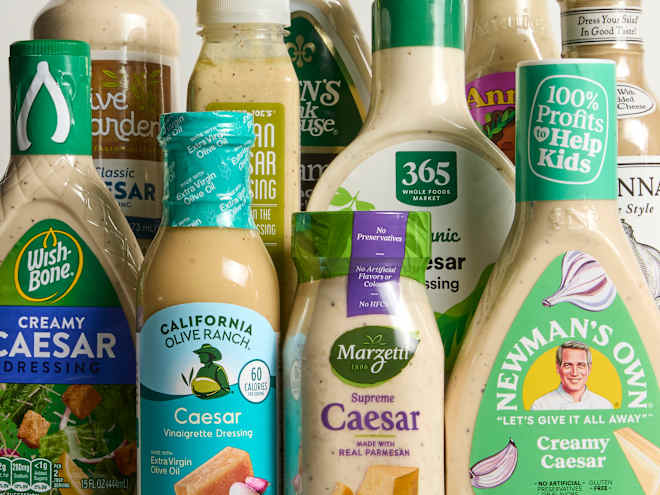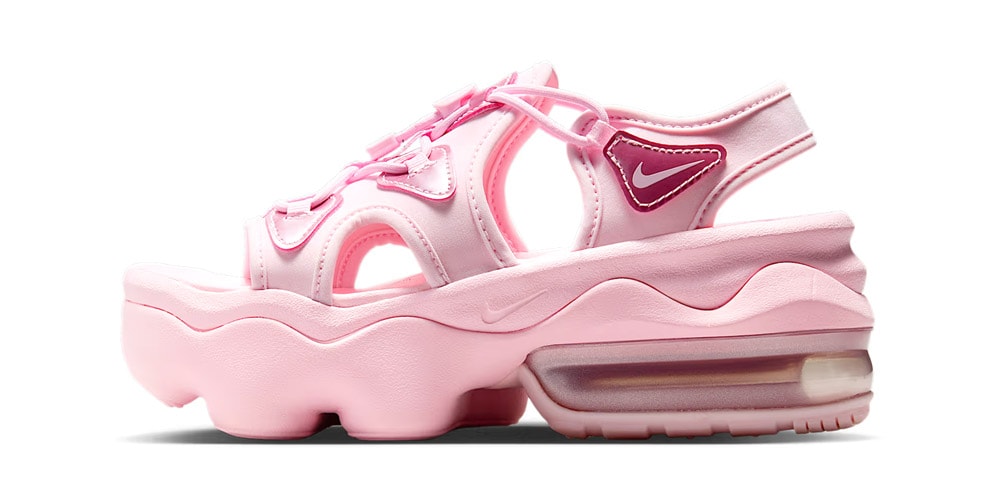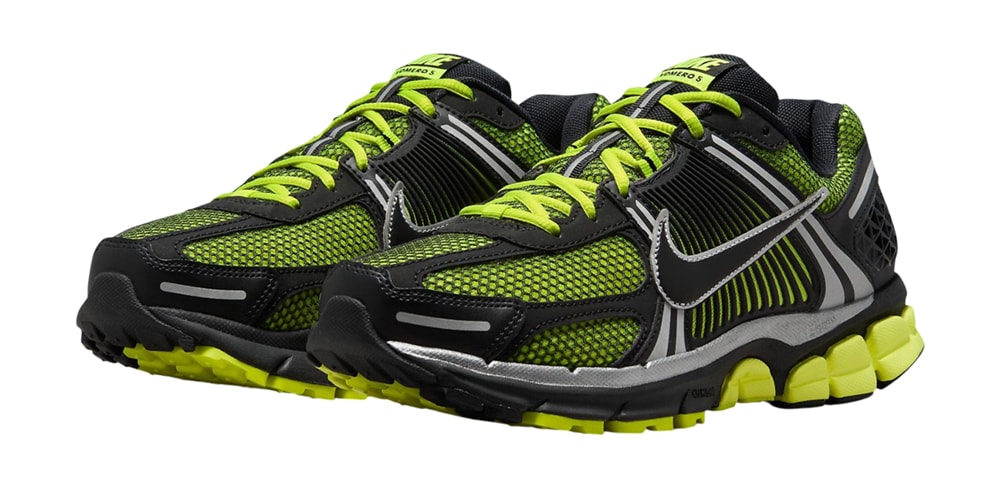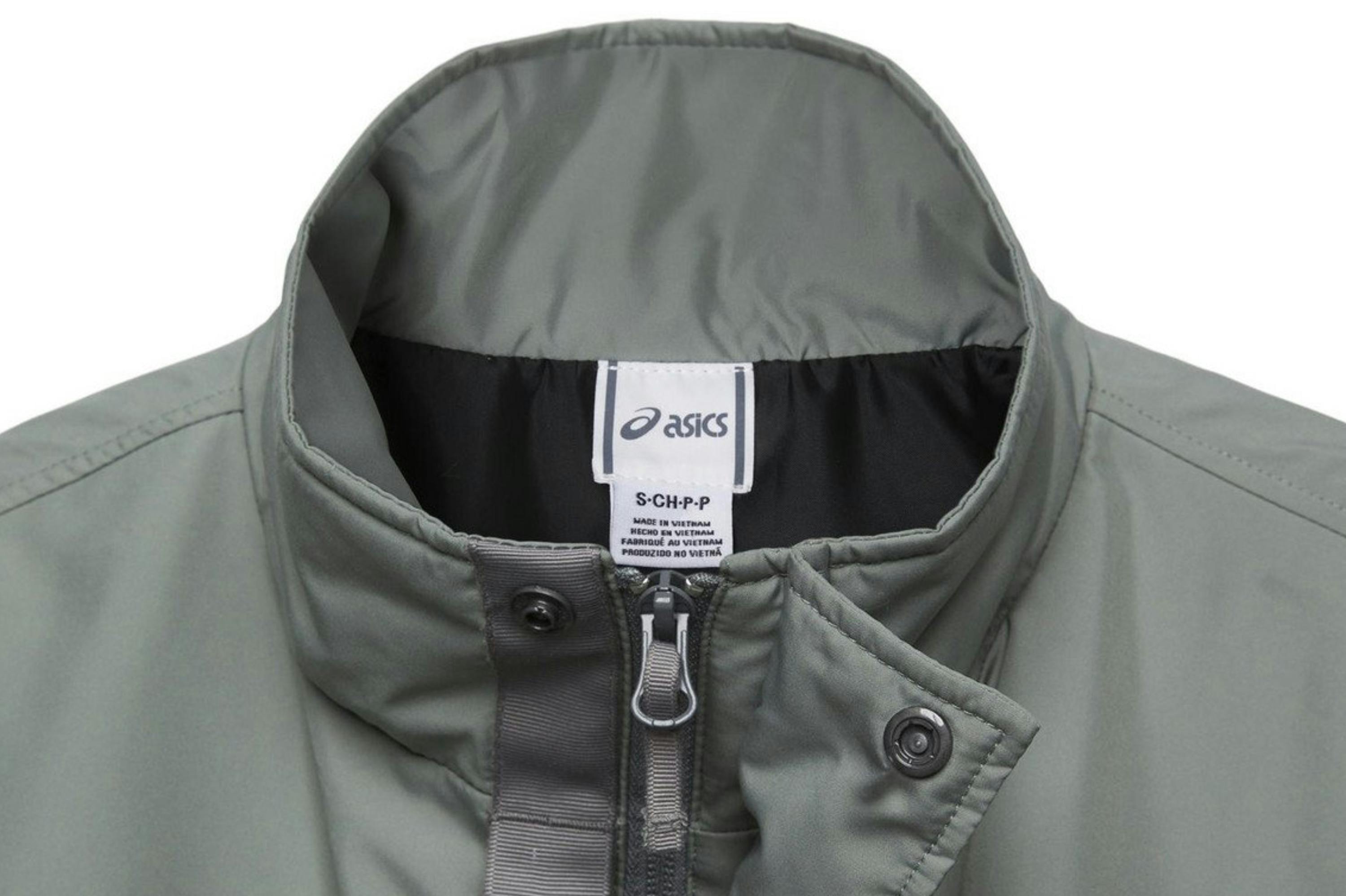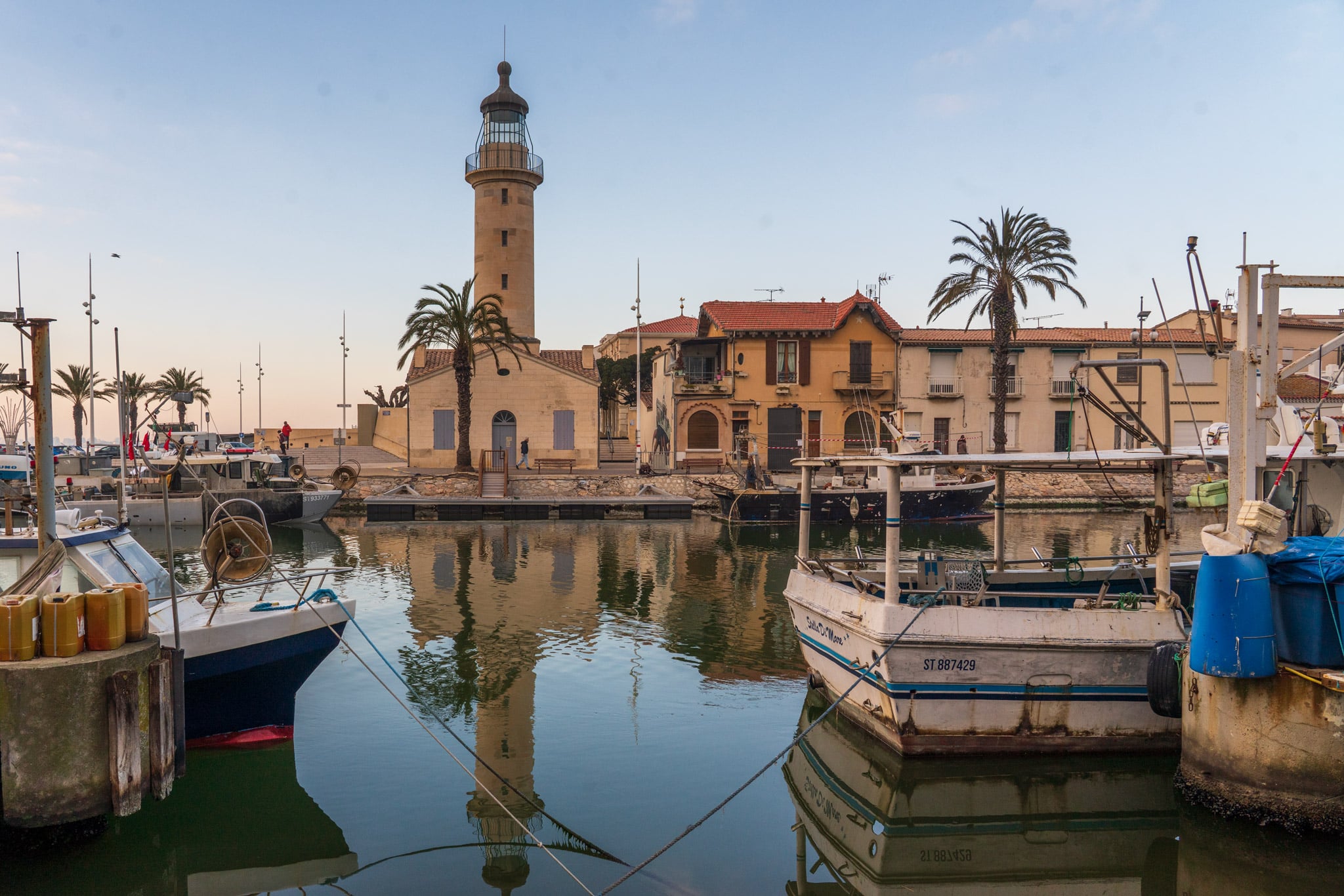What documents do you need for a cruise? From passports to printouts, here’s what to take
Editor’s note: This is a recurring post, regularly updated with new information and offers. Boarding a cruise ship isn’t like boarding a city bus or hopping on the subway. Because cruises involve international travel, you won’t be allowed to sail if you don’t have all the proper cruise documents and identification. This means you should …

Editor’s note: This is a recurring post, regularly updated with new information and offers.
Boarding a cruise ship isn’t like boarding a city bus or hopping on the subway. Because cruises involve international travel, you won’t be allowed to sail if you don’t have all the proper cruise documents and identification. This means you should know exactly what to take with you, and once you have a list, you should double- and triple-check it to ensure you haven’t forgotten anything.
The check-in process can be intimidating if you haven’t gone through it before. You might wonder what, exactly, cruise documents are, which ones you need and how you obtain them.
Gear up for a successful and stress-free embarkation day, and make sure you have all the necessary items on hand and ready to go with this guide.
What are cruise documents?
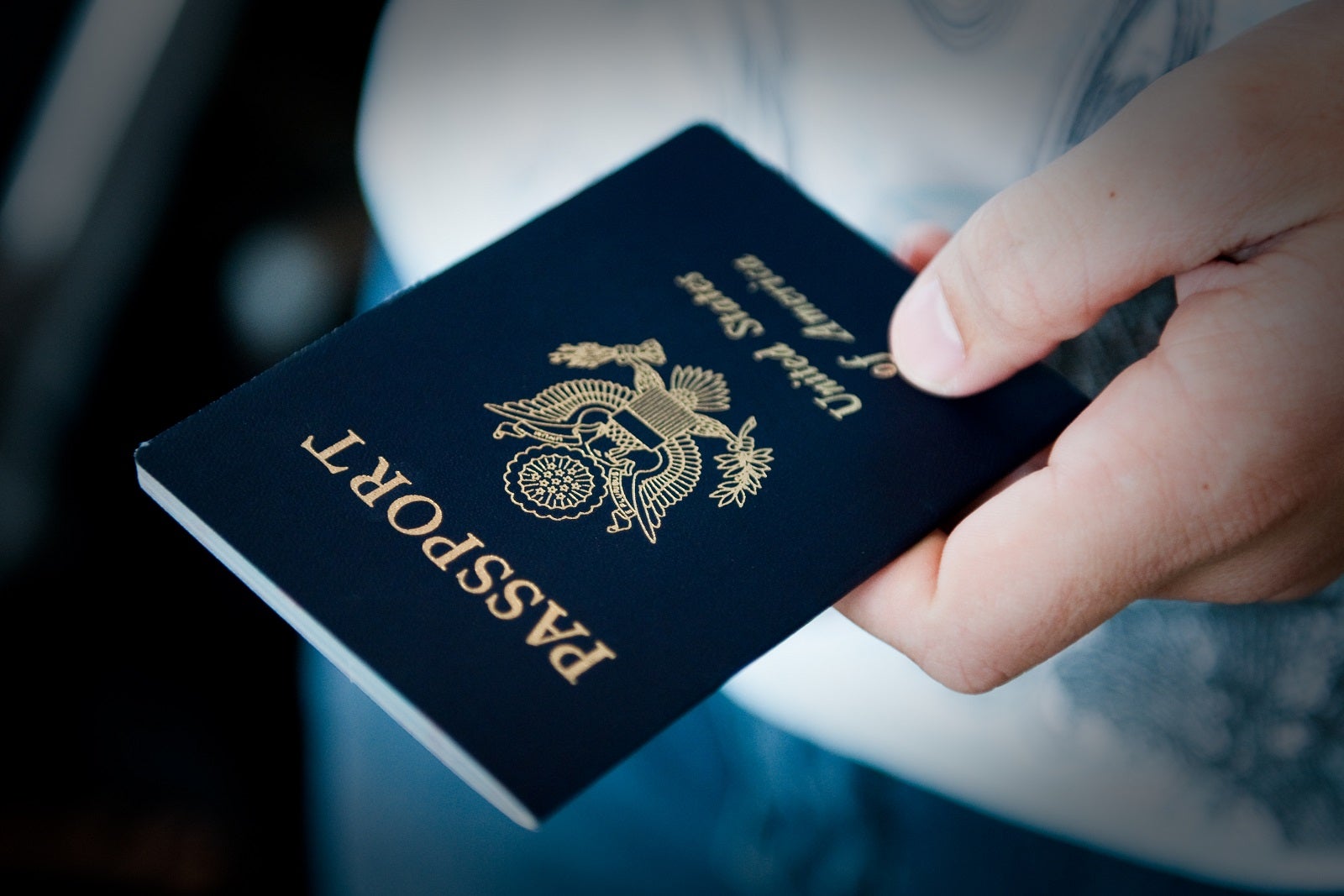
Necessary cruise documents include acceptable official forms of identification, proof of your booking number and boarding information, and confirmation that you aren’t ill. You must present these upon arrival at the port.
You will be permitted to board your ship only after port officials check and verify each of these at the terminal.
At a time when eco-friendliness is top of mind and nearly every traveler has a mobile phone, it’s easy to rely on apps to keep everything in one spot and avoid wasting paper. However, what would happen if your phone were lost, stolen or broken during your travels? For that reason, I always advise printing hard copies of anything you might need in a pinch, using as little paper as possible.
Pack all necessary travel documents in your carry-on luggage so you have them on hand when needed.
Documents needed for cruisers to board a ship
Identification
For most cruises, you’ll need a passport book that’s valid for at least six months from the day your sailing ends. In some cases, you can use a passport card instead of a passport book, but that will only work if you plan to reenter the U.S. via your ship from Mexico, Canada, Bermuda or the Caribbean.
Similarly, if your cruise is a closed-loop voyage (one that begins and ends in the same U.S. port and visits destinations in the Western Hemisphere, with a few exceptions), you can embark using an original birth certificate and a driver’s license if your cruise line allows it.
However, neither a passport card nor the combination of a birth certificate and license will allow you to fly to a foreign country or return to the U.S. from a foreign country by air. If you must fly to a foreign port for embarkation or if something unforeseen happens on your sailing and you need to cut your cruise short and fly home from a foreign port, you will need a passport book for identification.
Additionally, if you are a permanent U.S. resident, you must carry your green card. You can use it instead of a passport on closed-loop sailings, but carrying a passport from your country of citizenship is highly recommended. Also note that if your green card is expired, you likely will not be allowed back into the U.S. You are responsible for contacting the embassies in the places you’ll be visiting to make sure there is no additional paperwork required.
Boarding passes
Similar to what you’d need for a flight, a cruise boarding pass is the document that shows you’ve checked in for your sailing, set up an onboard charge account for purchases and chosen a boarding time. It also includes relevant information like your name, booking number and cabin number.
Most cruise lines have mobile apps that allow you to check in prior to arriving at the terminal and pull up your boarding passes electronically. If you don’t plan to use an app, come prepared with a printed copy of your boarding pass; having one will speed up the check-in process on boarding day.
If you arrive without a boarding pass, don’t worry. In a pinch, the check-in desk can look up your reservation in the system when you arrive; however, it will add to the time you spend in the terminal before boarding your ship and beginning your vacation.
Health information
For years, cruise lines have required passengers to fill out health forms before boarding in an effort to prevent the spread of norovirus on board. Following the COVID-19 pandemic, lines have expanded health screenings to include questions about coronavirus symptoms.
Some cruise lines will ask you to complete a paper form at the terminal on embarkation day, while others will allow you to complete it a few hours before you arrive. If you fill it out in advance, whether or not you’ll need to print out confirmation depends on your cruise line and if the form is completed online or through a mobile app.
Additionally, check to see if any of the destinations you’re visiting require specific inoculations for entry; if so, carry proof that you’ve received them.
Visas and other destination-specific documents
Depending on the destinations your cruise is visiting, you might be required to obtain visas or other documents that grant you permission to enter and stay in a specific country or region. As a passenger, it’s your responsibility to know when you need to apply for a visa, how much it will cost you and how much time you need to allow for processing.
Sometimes your cruise line will take care of visa procurement on passengers’ behalf and cover any associated fees. Check the official websites of the countries on your itinerary to see what’s required, and contact your cruise line directly to ask if it can take care of applying for you. Keep all required documents with you for your trip.
Cruise line luggage tags
If you’re planning to leave luggage with porters when you arrive at the terminal, make sure you print out the paper luggage tags (one per bag) provided by your cruise line when you receive your check-in documents. The tags are prefilled with information like your name and cabin number, so the ship’s crew knows where to deliver your belongings after suitcases are loaded onto the vessel by the porters. Or, if you prefer, check out our TPG cruise luggage tags, which you can print for free.
If you’re driving to your embarkation port, you can attach the tags before you leave home. If you’re flying in, I suggest packing a small roll of duct tape in your bag and attaching the tags after you land so they aren’t accidentally ripped off during transit.
Permission to travel
If you’re pregnant, most cruise lines require you to disclose that information and provide a note from your doctor verifying your due date and that you’re fit to travel. No cruise line will allow you to sail if you are more than 24 weeks along before the conclusion of the voyage.
In a similar vein, there are rules if you’re planning to travel with someone else’s kids and they won’t have a parent or guardian on the cruise: You will need a notarized letter granting you permission to take them out of the country and consent to medical care on their behalf in the event of an emergency. You might also want to have a similar letter handy for your own children if you will be traveling with them alone and their last name does not match yours.
Useful information to carry while cruising
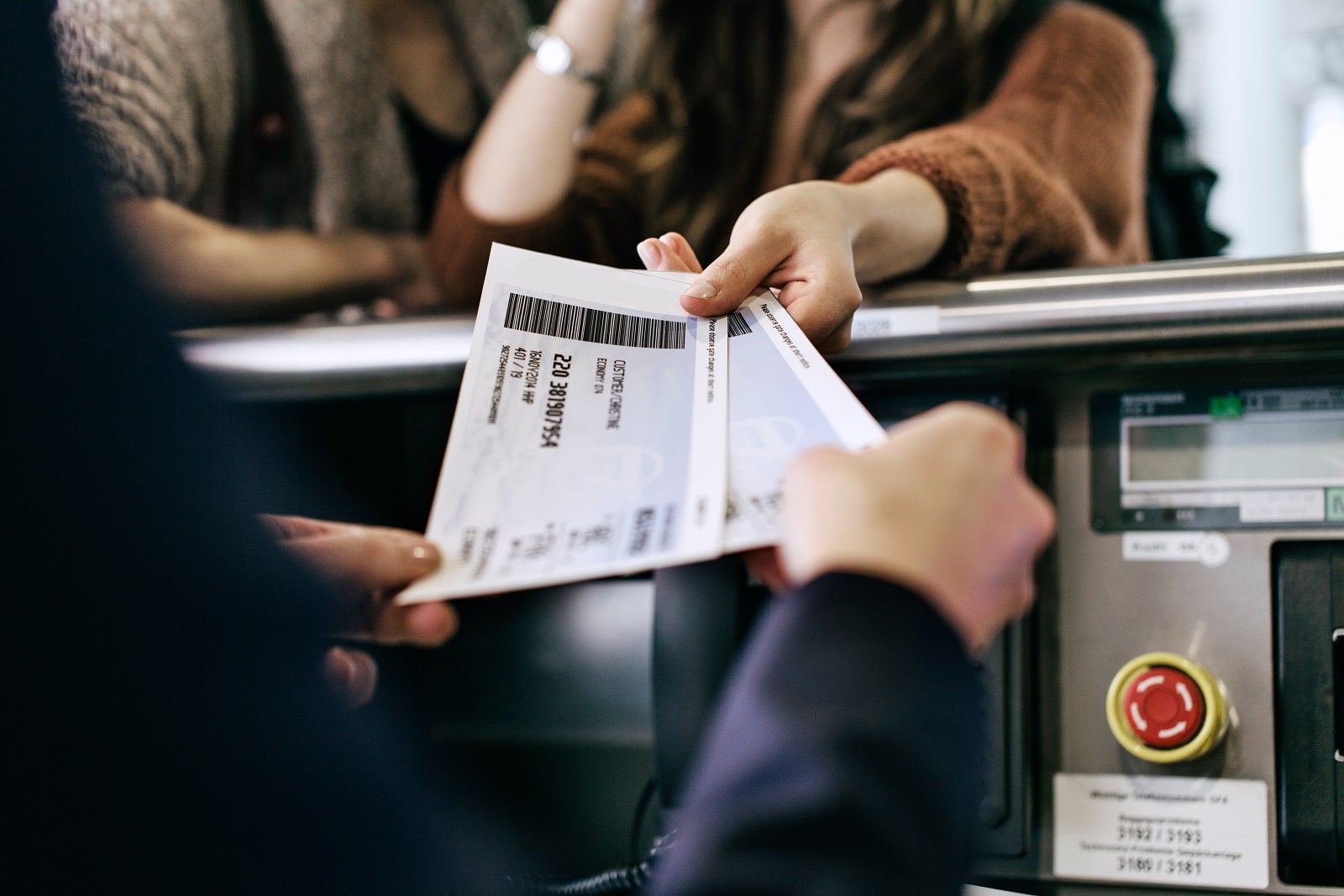
Other travel information
If you’re flying in for your cruise, flying home after it or staying at a hotel before or after your sailing, it’s not a bad idea to print information like airport and hotel addresses, flight numbers, confirmation numbers and boarding passes for reference. (It’s also a good backup if you lose your phone or charger.)
Emergency contacts
In case something goes wrong while traveling, you’ll want to carry a printed list of emergency contacts and their phone numbers. You should also carry contact information for your doctor, credit card companies and bank, as well as the local embassies or consulates in the countries you’re visiting.
Having this information easily accessible ensures you’ll know what to do if you have an emergency, lose your passport or find a hold on your travel funds.
Travel insurance information
For me, travel insurance isn’t negotiable — it’s a necessity. Flights and hotels can be overbooked these days, so I like the peace of mind that comes with knowing I’m covered if something goes wrong.
If you’ve purchased travel insurance for your cruise, you should print out and carry the policy card listing your policy number and the phone number of the insurance company. If your trip is interrupted or canceled or you experience a medical emergency, you’ll have the key information handy and can get help immediately.
Photocopies of important documents
Although you should always take steps to protect your personal documents and only take them out with you when necessary, you also want to be prepared in case your wallet or passport is stolen or misplaced.
Make photocopies of the information page of your passport or passport card, the front and back of your driver’s license and birth certificate (if using them for a closed-loop voyage), and the front and back of each credit card. When in transit, keep them in a safe place, separate from the originals; use your hotel room or cabin safe when you reach your destination.
These copies won’t replace the real things, but they could help to speed up the process if you have to procure replacements.
Bottom line
Cruise documents provide the verification you’ll need to board your vessel on embarkation day. They include identification, boarding passes, health forms and any required visas, which you should always keep handy in your carry-on bag or personal item.
You’ll need to keep track of several documents, but if you plan ahead and follow the list above, you should have no problem ensuring you have everything you’ll need for a successful and seamless boarding experience.
Have more cruise questions? TPG has answers:
- More banned items: What not to pack for a cruise
- Man overboard: Why do people fall off cruise ships?
- What is baked Alaska, and why is it paraded around cruise ships?
- What are the largest cruise ships in the world?
- What is a gentleman host on a cruise?
- What is the Jones Act and how does it affect cruise ships?
- What is a lido deck on a cruise ship?
- What’s a cruise cabin guarantee and will it save you money?
- What’s the difference between a cruise concierge and a butler?



















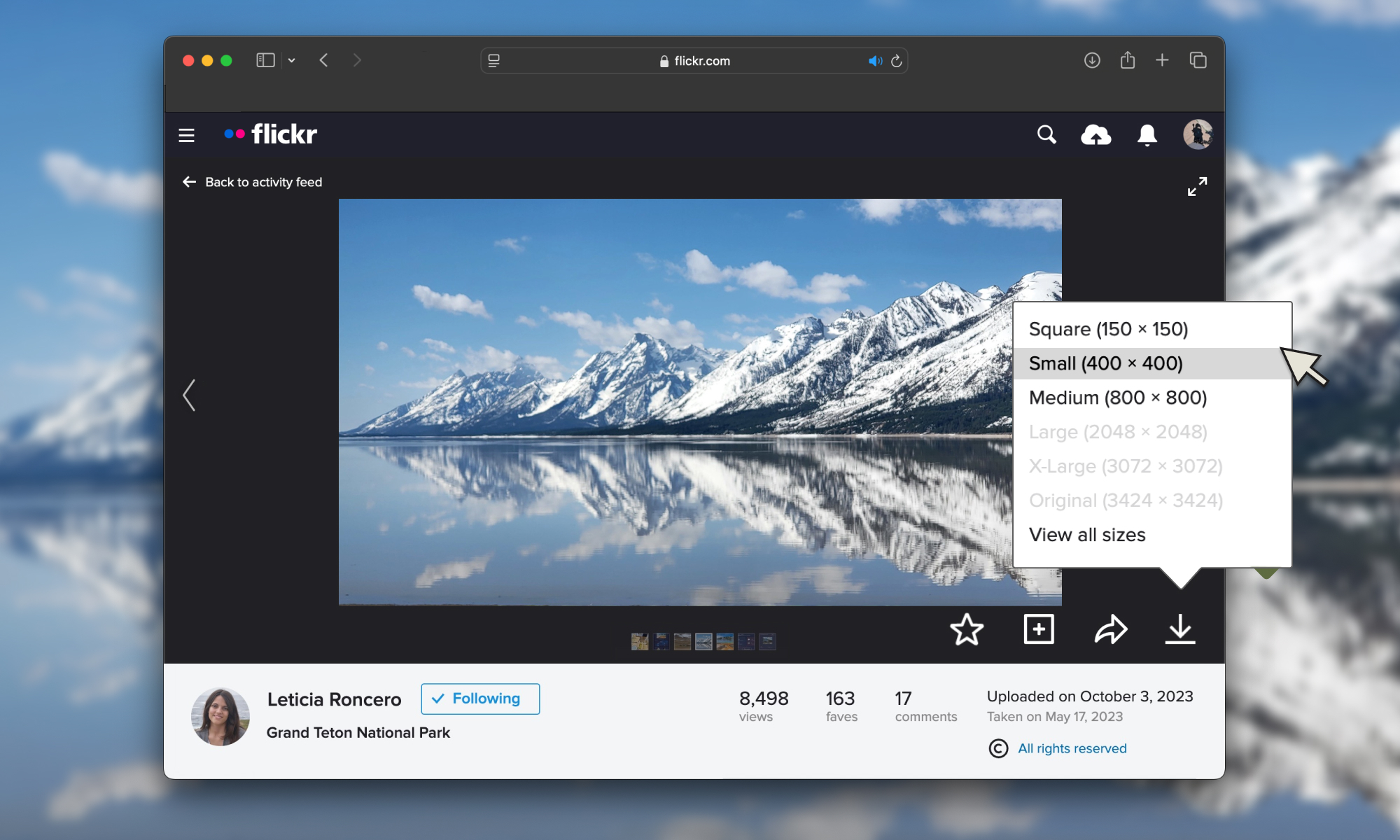
















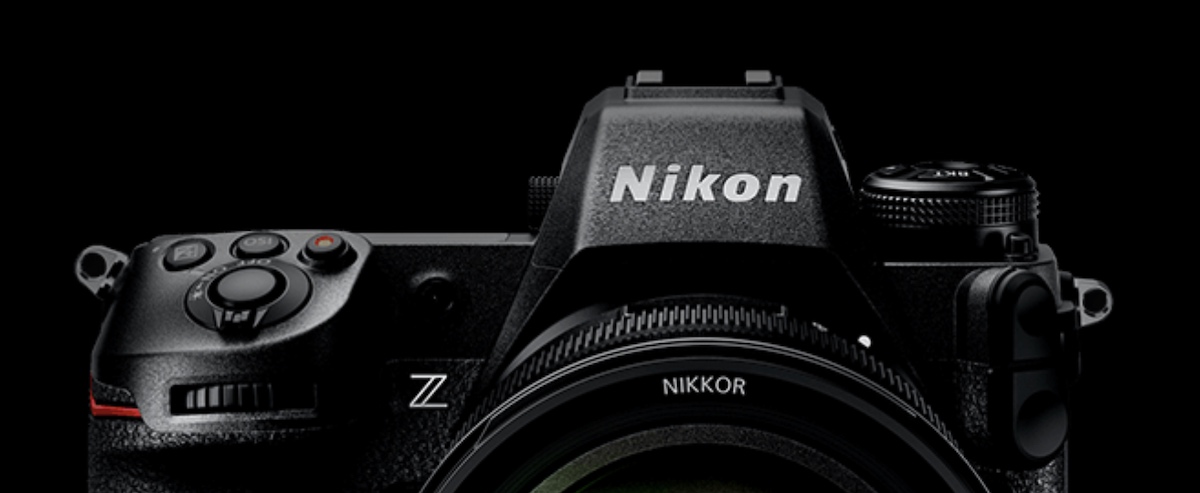






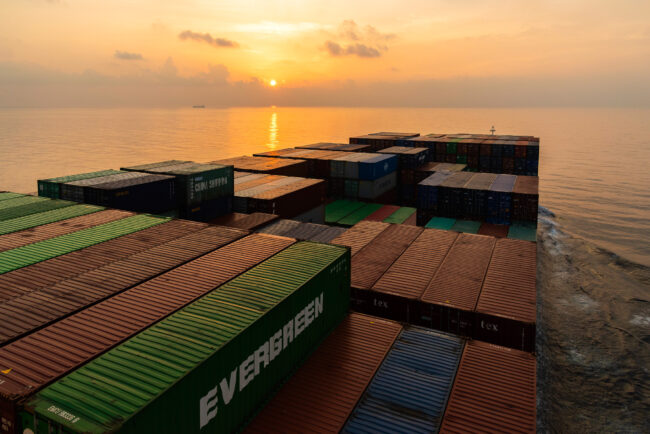



















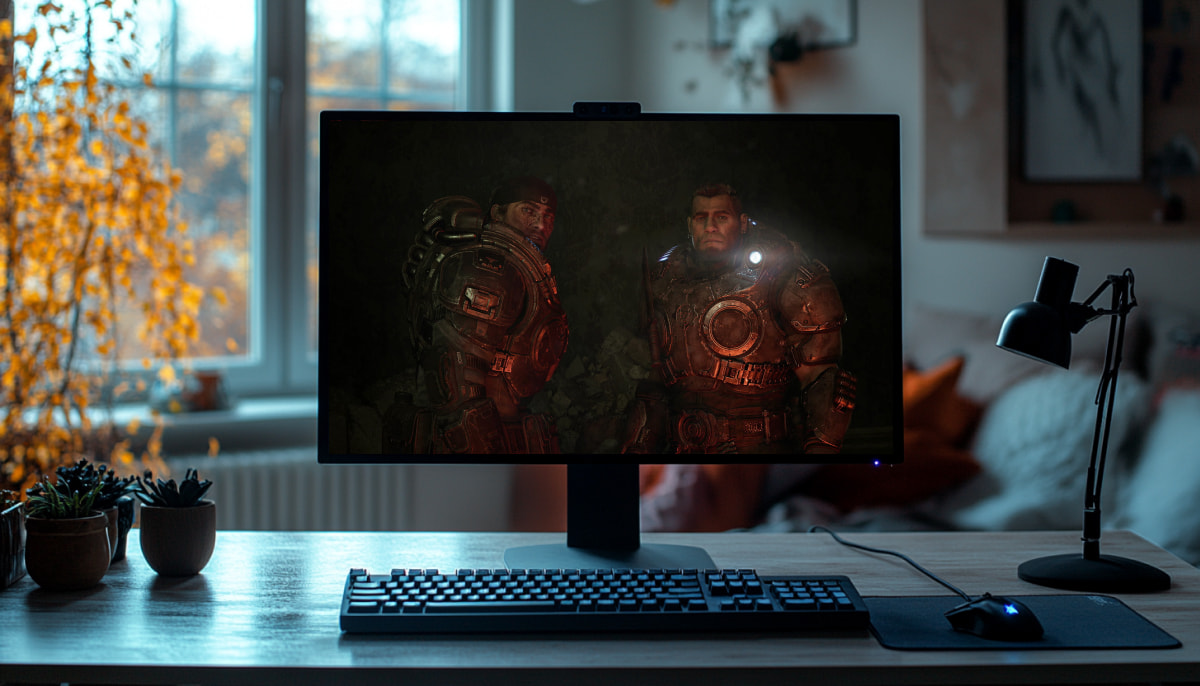


-Baldur’s-Gate-3-The-Final-Patch---An-Animated-Short-00-03-43.png?width=1920&height=1920&fit=bounds&quality=70&format=jpg&auto=webp#)







































































































